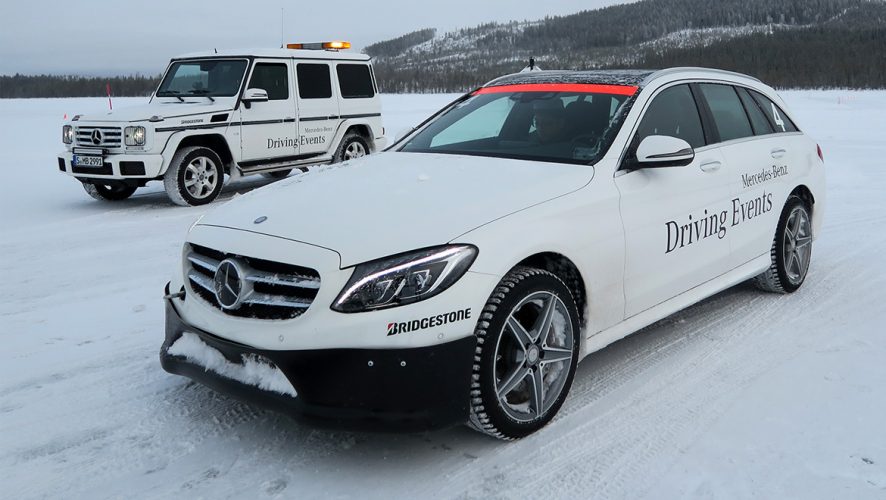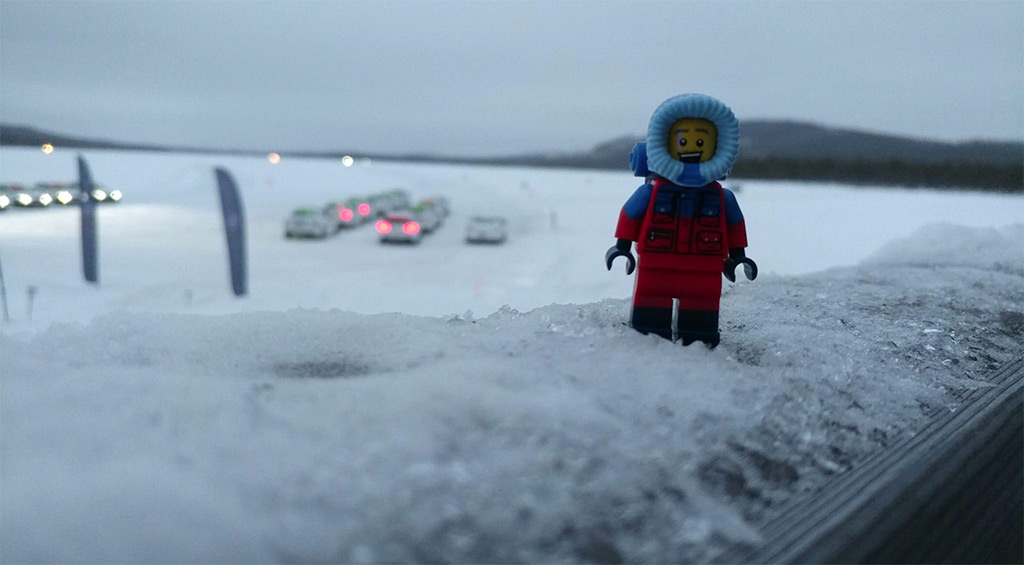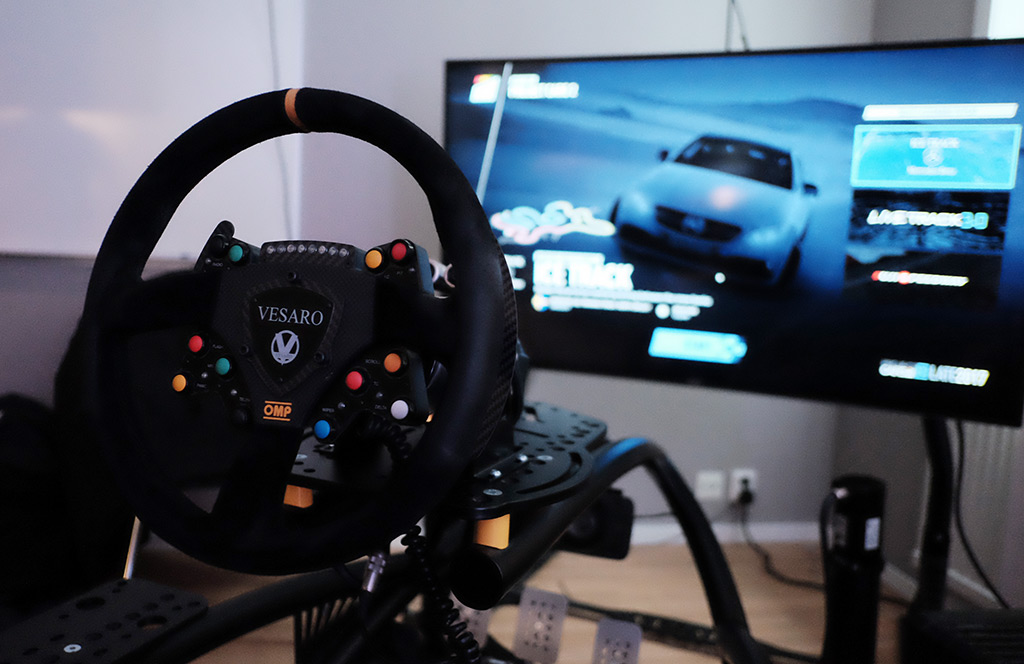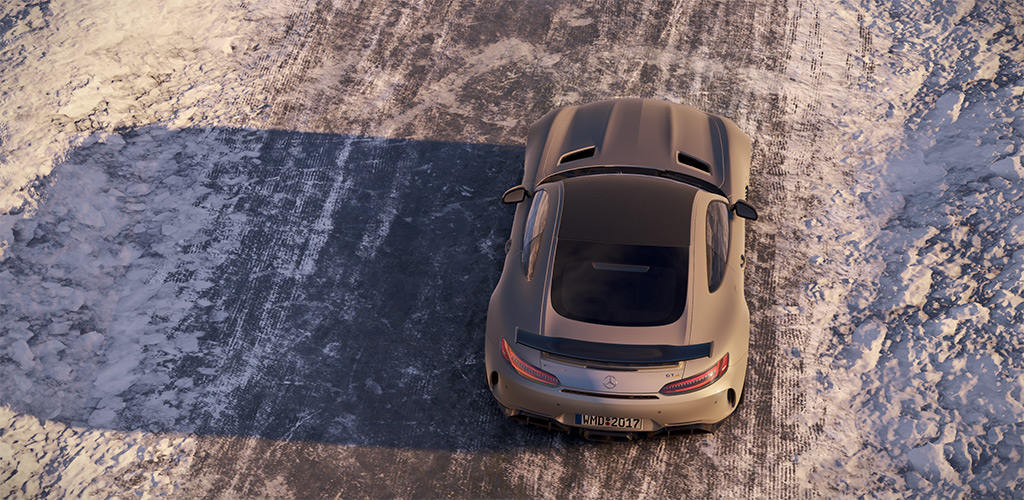How does one prepare to test drive the next pinnacle in racing simulation games?
Why, it’s to actually drive the actual real life version of the game of course, so that one can compare the virtual experience with the real life one.
And this jaunt on the icy lakes of Sweden included drifting across the frozen waters in not one but three Mercedes E Class models – Saloon, Coupe and Estate – courtesy of Bandai Namco, who invited us to the Level Up: Winter Edition gaming showcase in Sweden earlier this month.
The game is none other than Project CARS 2, slated for release sometime this year.
And it wasn’t a mere 5-minute drive on the ice either, but a sweet eight hours of actually driving three Mercedes cars across the lake. If you think that watching the cars in the upcoming Fast Furious movie driving on the ice looks awesome, there is nothing like doing the real thing.
Nothing comes close.

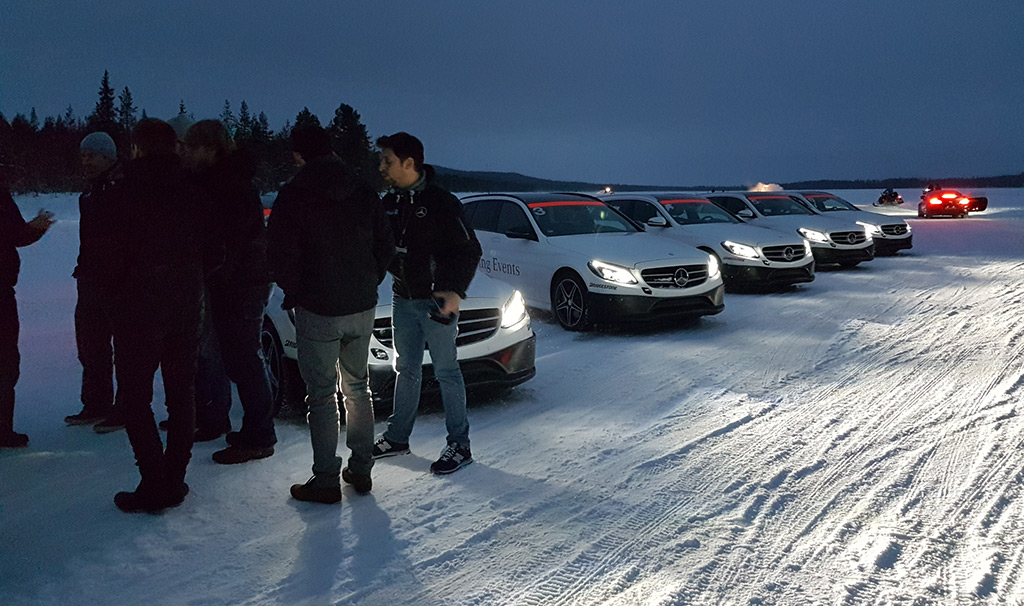


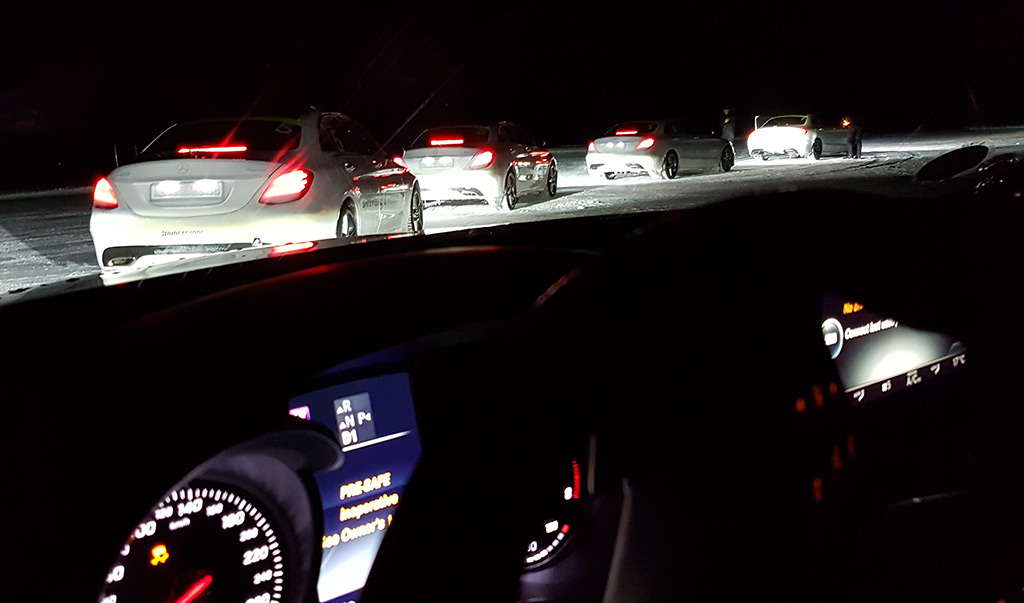
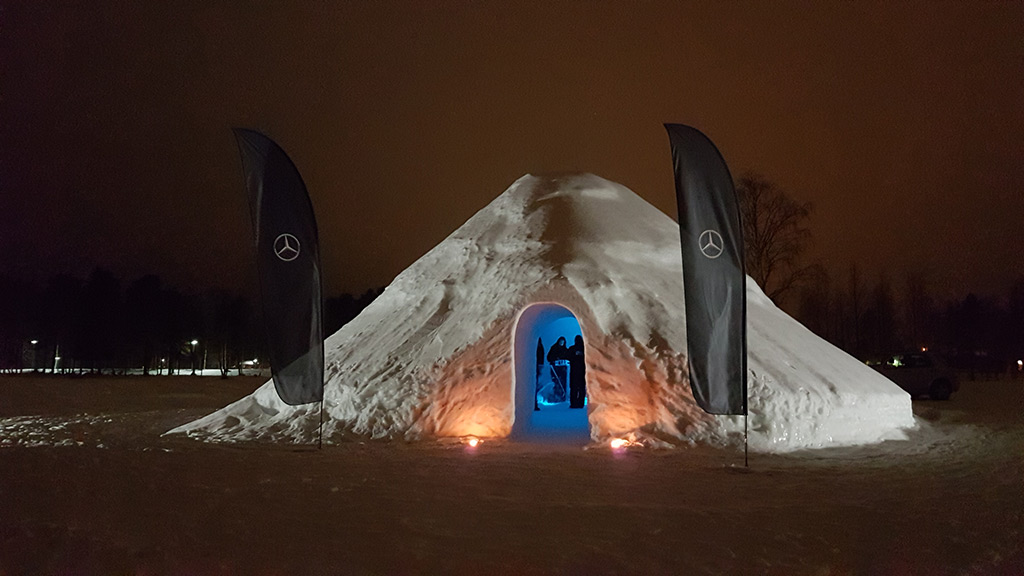
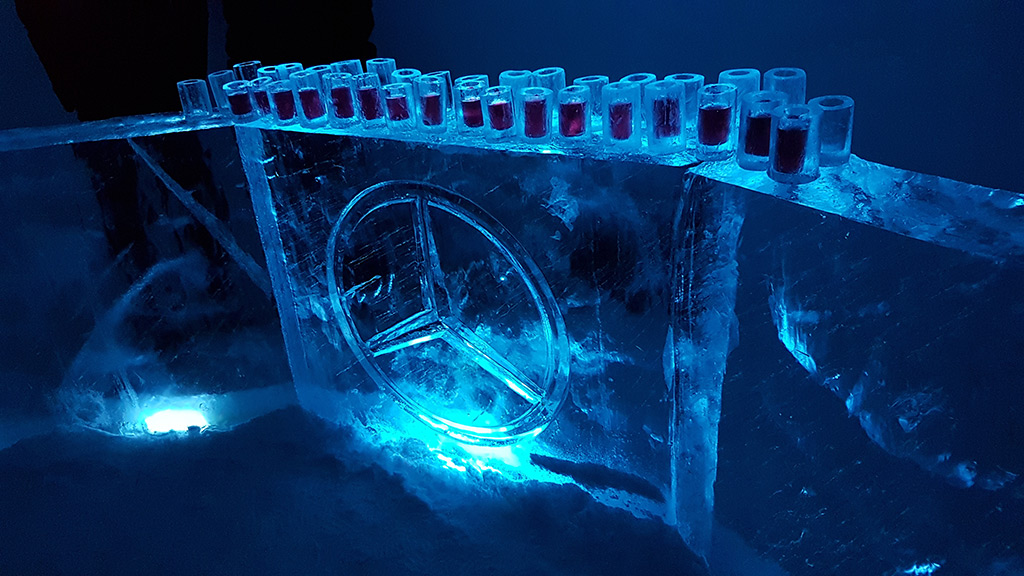
Gaming eight hours straight is a piece of cake for any true blue gamer, but spending that same amount of time in a car is awesome on a whole new level.
And all of it was for the chance to gain a greater appreciation for what Slightly Mad Studios (SMS) has done, to recreate the driving experience in their upcoming successor to the first Project CARS race sim game. Game director Andy Tudor is back, along with co-director Stephen Viljoen.
The moment I surrendered the steering wheel for a controller was when I witnessed how accurate the track I was driving on in the game was actually a pixel perfect recreation of the one I had just left, out in the cold.
On this same track, but this time in game, I could remember the exact speed needed, to slow my car in order to attempt a drift, and where I could accelerate again. Virtual life was pretty much like real life.
And if you’re the type to crash corners, don’t worry. It actually happens in real life too.

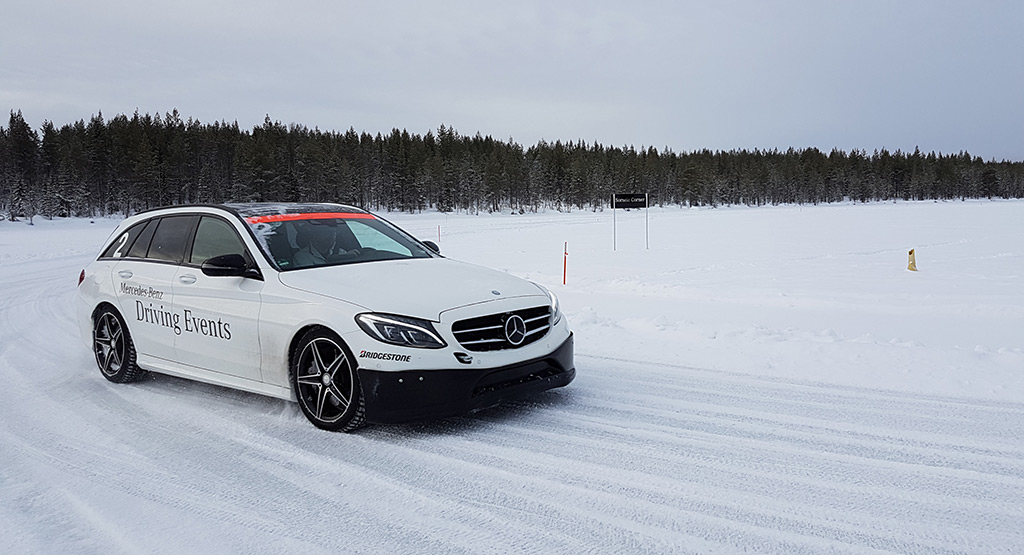


After hours going around bend after bend, you start to gain a bit of muscle memory on how to approach each twist and turn, but in the case of my fellow Geek Culture partner and co-driver, Yonk, the memory of him continually crashing at the same corner remains stuck in my mind.
Being the daredevil at heart, Yonk would accelerate hard into a corner, and there was this one particular sharp turn which would always cause him to get stuck in the snow. Because to him, every turn was the same. After repeated attempts, the “Yonk Turn” was established, as I watched him struggle to conquer that corner with speed.
Considering that I’ve never attempted to drift my own car in real life on a proper road, this was like learning how to swim in the deep end of a pool filled with sharks.
“First you brake into the corner, feel the understeer, and then, countersteer as you accelerate out of the corner”, came the thick German-accented English uttered over the one way radio as I gripped the wheel.
There was no way to figure out how to correct yourself, apart from repeatedly trying over and over again on the same track. The worst thing that could happen to you on the track was crashing into the snowbank and getting stuck. Quick, ask my buddy how that felt like, because he kept doing it. Again. And Again.
This resulted in a rescue car driving over and pulling your sorry ass back onto the track. The car would be fine. Your pride? Not so much.
According to the developers, Project CARS 2 used drones to map out the actual race tracks featured in the game, and they had them play tested with actual race drivers, to provide feedback on how the in-game driving experience compared to real life. With each piece of information provided, SMS implemented such that every nuance on the individually track is accurately represented.
The feel of driving an all wheel drive in the snow was quite the experience. Even with snow spiked tyres, the experience is best described as learning how to ice skate for the very first time, but in a really awesome vehicle. The ground was slippery and had no grip and compared to the real life experience, the controls on PC2 were even more slippery. I wrestled to keep my car on the track at the start but but it wasn’t before long before I applied what I knew in real life, and was able to apply what I had learned earlier, to attempt to drift in the game.
Thankfully, the build of PC2 I tried avoided this humiliation with a quick press of a button, to reset the car on the track. And, it must have certainly helped considering that it took me a much shorter time to actually drift in game as opposed to real life. The fundamentals, however, did not change at all.
If you can do it in real life, you’re probably likely to do it in game as well and this little demonstration show why Project CARS 2 is shaping up to be the definitive racing game that any self declared gearhead must try.
Another highlight of PC2 is the implementation of geographically accurate and dynamic solar and weather system. The demo I played had me going a couple of rounds on the Fuji Speedway in Japan and during the course, the weather shifted from being sunny, to a downpour, which meant the loss of plenty of grip on the roads.
The way rain water pools on the tracks, and how it eventually evaporates, are nice touches which would be hard to miss. This unpredictability of the weather adds a depth of strategy benefiting the seasoned simulation racing fan.
As with the previous title, Project CARS 2 goes one step further in affording the player the necessary tire adjustments, to ensure a car gains maximum grip, depending on the weather. This level of customisation will easily separate the pros from the pretenders, because preparation is half the battle.
At the end of the day, Project CARS 2 continues to exude the mantra of accessibility. One can always spend a chunk of cash fly themselves all the way to Sweden, to experience driving on a frozen lake, but invest in something almost close enough in the form of Project CARS 2.
Gerald currently straddles between his love of video games and board gaming. There’s nothing that interests him more than trying out the newest and fanciest gadget in town as well. He dreams of publishing a board game sometime in the future!

